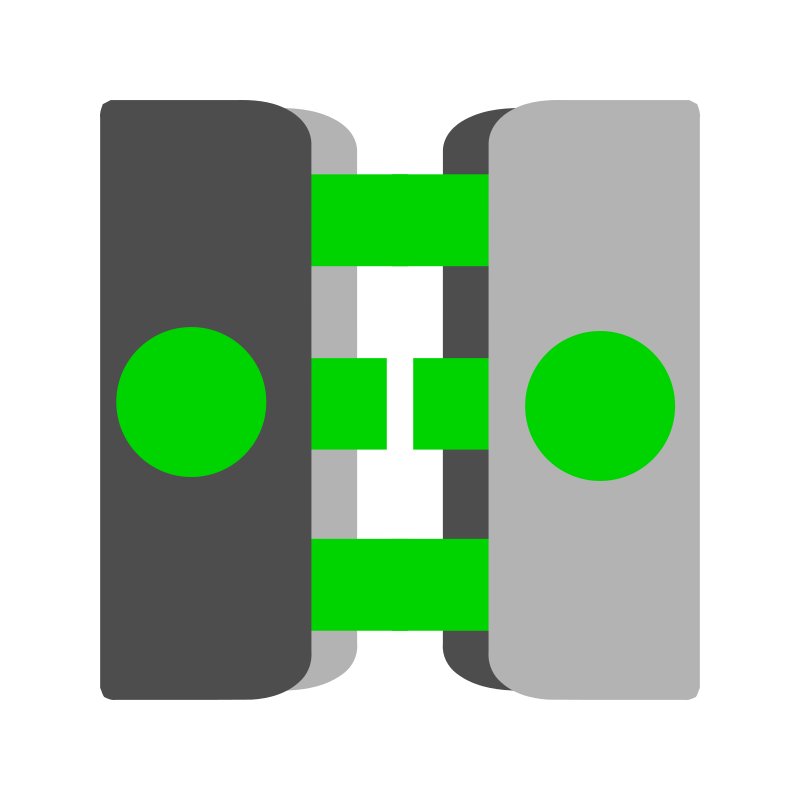Exploring Cubes in Geometry
Cubes are one of the most recognizable and fundamental three-dimensional geometric shapes, belonging to the family of polyhedra. They are regular hexahedra, meaning they have six identical square faces, making them a common example in geometry and a building block in various fields.
A cube is a three-dimensional solid object bounded by six square faces, with three faces meeting at each vertex. It is one of the five Platonic solids and is also known as a regular hexahedron.
All faces are congruent squares, all edges are of equal length, and all angles between adjacent faces are right angles (\(90^\circ\)).
A cube is a special type of rectangular prism, square prism, and parallelepiped.
For a cube with side length \(s\):
- Faces: 6 (all are squares).
- Edges: 12 (all are of equal length \(s\)).
- Vertices: 8.
- Volume (\(V\)): The amount of space it occupies. \(V = s^3\).
- Surface Area (\(SA\)): The total area of all its faces. \(SA = 6s^2\).
- Face Diagonal (\(d_f\)): The diagonal across one face. \(d_f = s\sqrt{2}\).
- Space Diagonal (\(d_s\)): The diagonal connecting opposite vertices through the interior of the cube. \(d_s = s\sqrt{3}\).
A net of a cube is a two-dimensional pattern that can be folded to form a three-dimensional cube. There are 11 distinct nets for a cube.
- A cube is a special case of a rectangular prism where all sides are equal.
- It is a specific type of parallelepiped (a three-dimensional figure formed by six parallelograms).
- A cube can be inscribed within a sphere, and a sphere can be inscribed within a cube.
Cubes are widely seen and used in:
- Architecture and Construction: Basic building blocks, room dimensions.
- Packaging: Cube-shaped boxes for efficient storage and transport.
- Gaming: Dice are cube-shaped, and many video game environments are built using cubic voxels.
- Crystallography: Many crystals form in a cubic lattice structure (e.g., salt).
- Data Visualization: Often used as a basic unit in 3D graphs and models.
